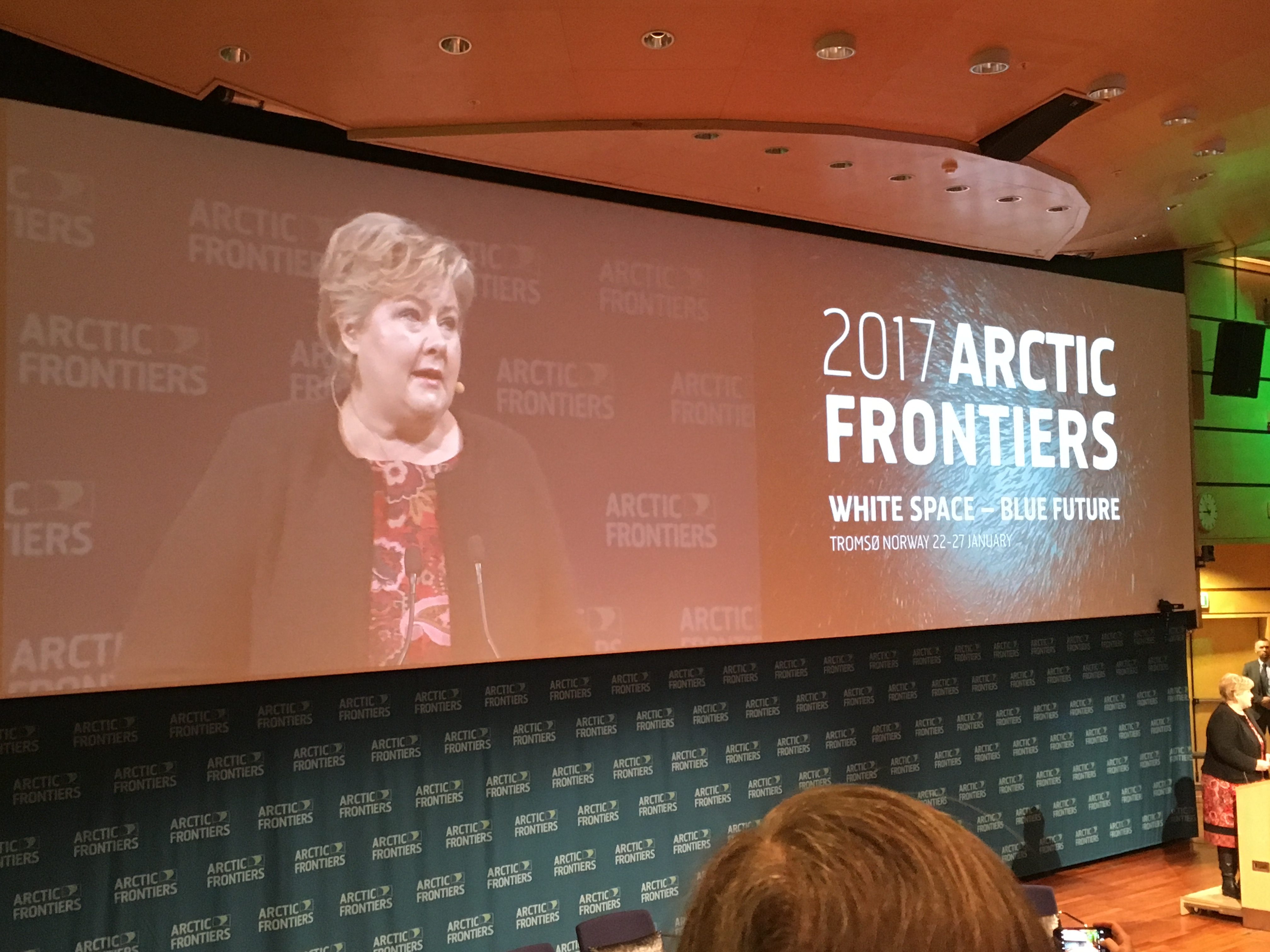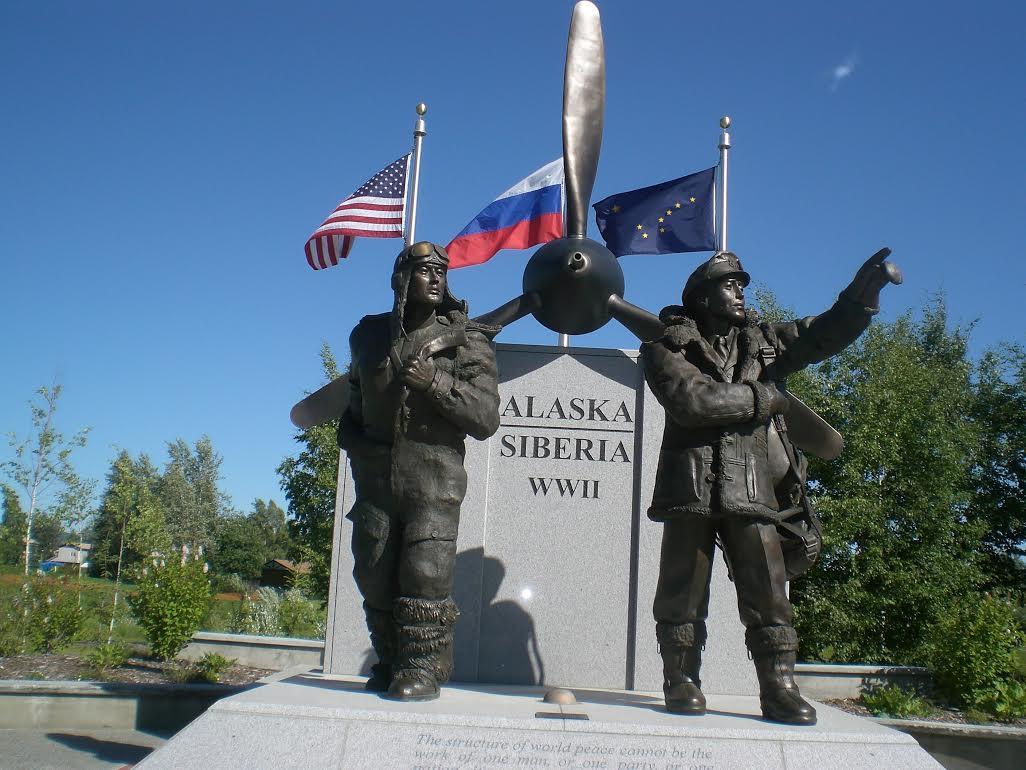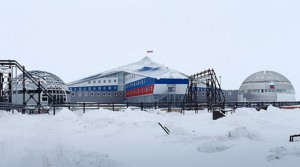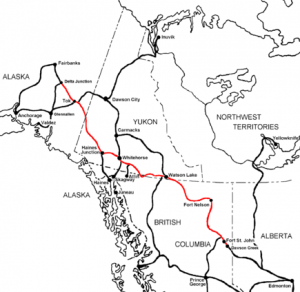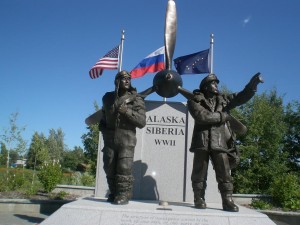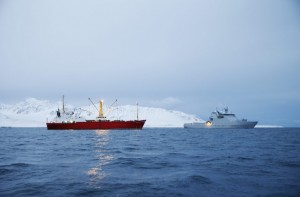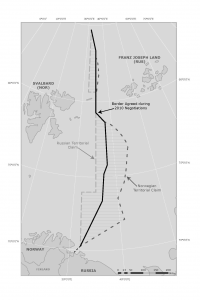Robert Orttung, Tromsø, Norway
Should Norway continue to develop its Arctic oil and natural gas resources or would Arctic communities be better off focusing on renewable energy? This was the hot topic of debate at the opening session of the 2017 Arctic Frontiers conference in Tromsø, Norway in January.
Columbia University Professor Jeffrey Sachs made the case for leaving resources in the ground. He praised Norway for its green domestic policies, which are a model of sustainability that he frequently holds up to countries around the world. However, he warned that continuing to extract oil and gas from the Arctic for export markets would ultimately tip the planet into irrevocable climate change.
Norway’s Prime Minister Erna Solberg (Figure 1) defended the ongoing drilling for oil and gas. She noted that Norwegians have used ocean resources sustainably for 10,000 years and emphasized the on-going cooperation with neighboring Russia on managing fish stocks in the Barents Sea. Solberg highlighted a difference between CO2 emissions and fisheries in explaining why it was hard to solve the energy problem even as the country was able to address the fish issues. The emissions are a global problem while the fisheries are a regional problem. She stressed the need to place a global price on carbon that would make it possible for the best producers to survive and eliminate less efficient ones.

Russia is also committed to developing its Arctic resources since exploiting these hydrocarbons is necessary for Russia’s development. Ambassador Vladimir Barbin, Russia’s Senior Arctic Official, noted that the Arctic provides 10 percent of Russia’s GDP and 20 percent of its exports, and these figures are only likely to grow. Russia intends to use the Arctic as a resource base, developing its fossil fuel reserves and the Northern Sea Route. Russia’s environmental initiatives focus on preventing the pollution of Arctic shipping waters and introducing nuclear ice breakers, which have zero emissions.
Nevertheless, Sachs stressed that the science is clear – we need to dramatically reduce emissions of CO2. He stressed that it is not realistic to think that the US can continue fracking oil and gas while drilling continues in other countries without severe consequences. Even as Norway focuses on decarbonizing domestic policies, it is expanding fossil fuel exports to the rest of the world. Canada has the same problem. World leaders have adopted goals to reduce carbon and these countries are serious about their domestic situation. But they continue to sell to the world market. If all countries do this, climate change might be irreversible. Sachs stressed that “I am not a pessimist.” Science shows us that it is possible to replace fossil fuels and that we must do it.
Sachs stressed that the world’s low-cost supplier of hydrocarbons is Saudi Arabia and that the Middle East and Russia should run down their low-cost reserves before extraction begins in more remote areas. We should not invest billions in new developments, he said. Investing in hydrocarbons means that either you wreck the Earth or waste money since there is not a case for additional investment now. The problem is to figure out how to work with Middle Eastern producers like Saudi Arabia and Iran. This is geopolitically complicated. Sachs advocated turning Norway’s StatOil, which bills itself as the world’s largest off-shore operator, into StatWind.
Prime Minister Solberg responded that in terms of per barrel emissions, Norway outperforms oil production in Saudi Arabia and other Middle East countries. She also warned that the security problems associated with the Middle East were significant, which is why the US is now heading toward energy independence. Approximately 80 percent of energy consumed in the world is fossil fuels and Norway feels that it can make a contribution to addressing this demand.
Sachs noted that if climate change goes past certain thresholds it is irreversible and could leave to global disaster. At the same time, the Norwegian leader pointed out that we can’t make the Arctic a museum. Similarly, Alaskans often feel like sustainability policies are put in place to create a “snow globe,” a beautiful bauble, but one with little practical value. People live in the Arctic and they have to have jobs.
This debate is unlikely to be resolved any time soon given the various interests involved. However, at least one of the young people at the conference pointed the way forward. Ingrid Skjoldvaer, Head of Nature and Youth, Norway, which is the country’s largest youth environmental organization, noted that there was a test drilling rig in the Tromso harbor during the conference and it was destined for farther north. She stressed that it was necessary to ask those currently in a position to make decisions: What kind of development do you want for your children? Will you build Arctic communities that are based on renewable fuels or continue to invest in polluting fossil fuels which are depleting? In her opinion, it was necessary to say no to fossil fuels and yes to renewable resources in the Arctic. She noted that Norway’s politicians needed to think beyond the four years of the parliamentary term. She also stressed that usually when the Arctic is discussed, it is without young people. “Today I speak to you, two years ago I was outside the conference doors with a banner.”
Besides young people, pressure is likely to come from another source as well – China. The country has realized the advantages of alternative energy and is rapidly making strides in an effort to end its reliance on fossil fuels.
